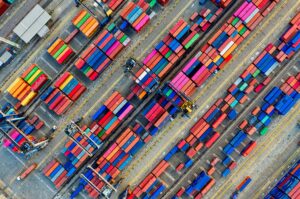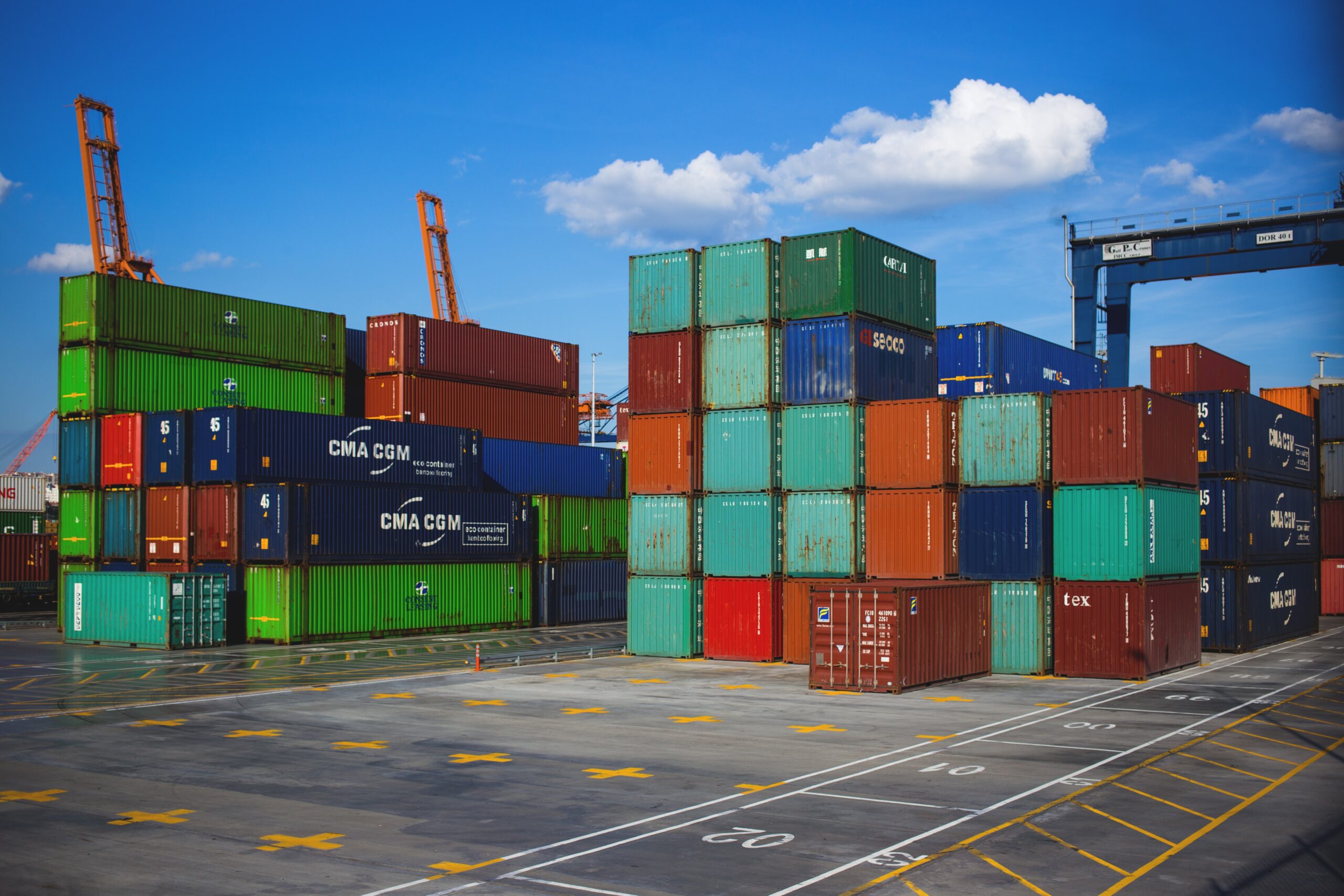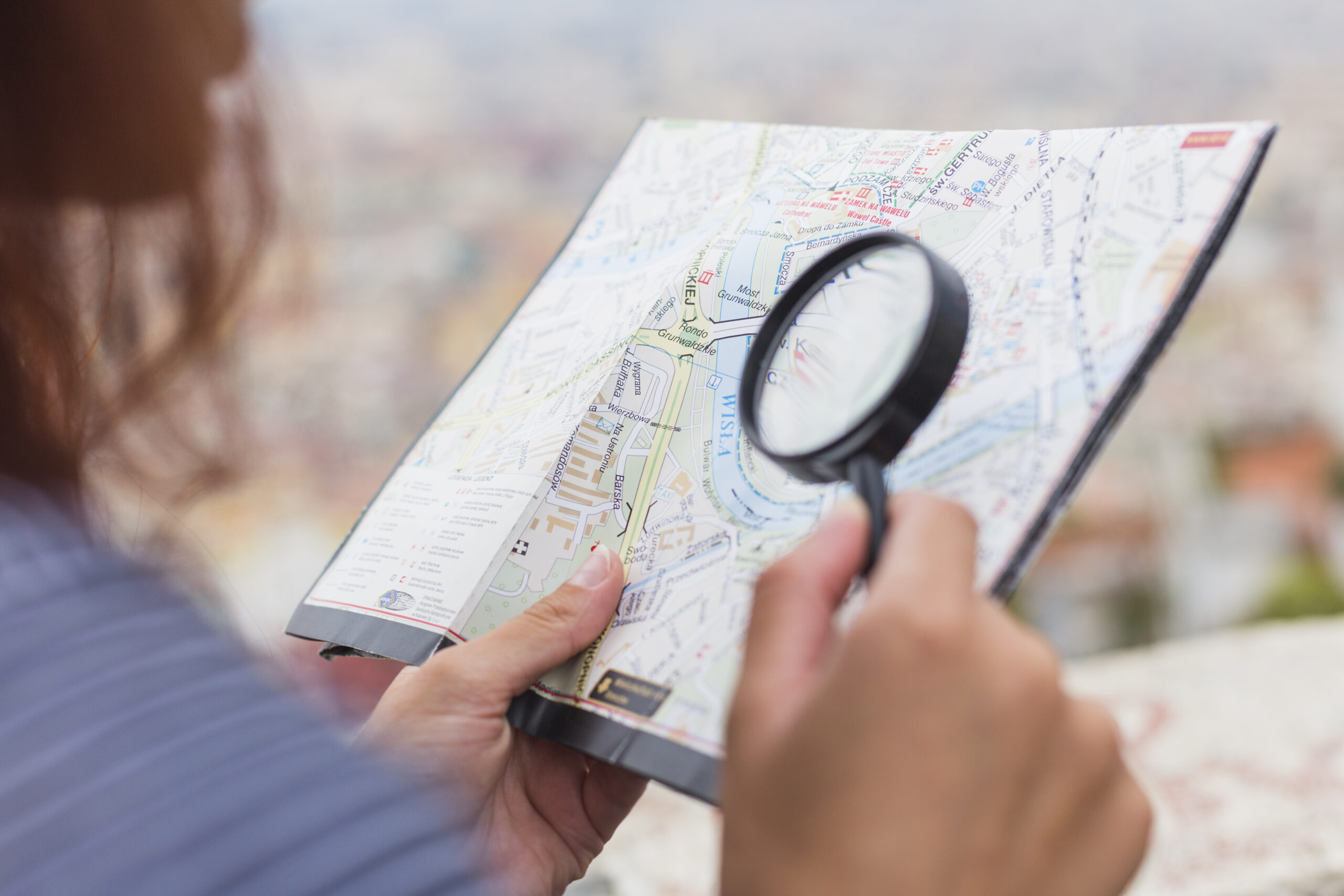An import is a good or service produced in one country and purchased by another. Explore the definition and examples of imports such as oil, cars and clothing, and learn in detail why countries import.
Imports Around You
Do you know where the pants and shirts you wear come from? There is a high probability that your entire outfit was imported from another country. But you may hear from people around you that these products are actually produced in your own country. So how can such goods be imported? The main point that is overlooked here is that the fabric and cotton used in the making of the clothes are actually purchased from another country. In today’s world, most of the goods and services we use are a combination of several different countries involved.
Imports are goods and services purchased by residents of a country but made outside the country. They can be shipped, mailed, or even brought back into your luggage from an airplane trip. If they are produced in a foreign country and sold to the local people, they are imported. The European Union, the United States, China, Japan and France are the five largest importers of goods.
Why Do Countries Import?
Countries import goods for various reasons. It is important to note that most countries are not completely self-sufficient, and even if they wanted to, this would have a high cost that is not in their economic interests. For this reason, countries choose to import many goods and services. Other common types of imports are goods or services that can be produced more cheaply or efficiently by other countries and are therefore sold at lower prices.

Many countries have the ability to produce the goods they choose to import, but it is often in their best interests to import the goods at a lower price because of higher labor costs and wages, higher material costs, or technology and infrastructure challenges they may face. The situation is similar, for example, in the clothing industry. Some clothes that are likely to be made abroad may be sold for less than those produced locally. Of course, this is related to the fact that the importing country can produce the goods cheaper and at reasonable quality standards.
Import Procedures and Documentation
Import and Customs authorities play a very important role in all countries of the world when it comes to the entry of goods into the country. The era of globalization has led to an increase in the masses of imports and exports, initiating more and more interaction between different countries of the world. To manage all this effectively, it is essential to have a trained staff and rules. Import procedures and documents are required for any goods that cross international borders and enter the country. This can range from simple gifts to large shipments.

Stages of The Import Process
The following steps may adequately explain the import procedure and documentation process:
- First of all, before anything enters the country, a comprehensive list of which goods are imported for what purpose must be updated and recorded.
- Data like this can be obtained from trade associations and trade organisations.
- The EXIM Policy is then consulted by the Importer to ensure that all rules and regulations are followed and standards are met.
- Then, the foreign cash installment request takes place, which involves buying and selling the appropriate currency into foreign notes. In this regard, the Central Bank’s Foreign Exchange Control Department manages the country’s foreign trade exchange.
- The importer then submits an import request to the exporter for the supply of goods.
- After the payments are made between the importer and the seller, a letter of credit is issued to the importer.
- The importer arranges the advance payment when the goods arrive at the port.
- This saves the importer from high penalties.
- After loading the goods on the ship, the overseas supplier sends “Shipping Information” to inform the importer about the shipment of the goods.
- Port fees are also paid by the importer after the goods are received and all controls are completed.
About Import Documents
The import procedure usually follows this outline, unless the goods are otherwise designated as dangerous or specifically requested by the country’s government. A number of documents are required in order to ensure that this process, which is important for the importer to reach quickly, is carried out smoothly. These Documents include:
- Catalog, Technical Papers – required for importing machinery and equipment.
- Chemical Composition, Test bond required by relevant customs – All of these are required in case of Chemical Import.
- Fumigated Phytosanitary Certificate, Certificate of Origin – required for imports of raw food, herbal products, woodcuts, fruit and seeds.
- Test Report and Composition – for import of processed food product.
- Azo Dye Inspection Certificate – Fabric Import.
- PLAT T is required for valuation – in case of import of Plastic Granules.
- Proprietary EPCG License, Importer Paneled Undertaking, Bond com BG Bank Cover Letter, Signature Certification from Bank, Copy of Regulation Board, MoU Snippets and Prior License Detail – Import under EPCG license.
- Required form from Supplier for customs duty advantage – Import of Ceramic Tiles.
- Test Certificate – Import of Wine and Whiskey.

Explain Import Procedure
Import procedure means all the steps involved in purchasing goods from any foreign country. The procedural steps involved in import trade differ from country to country in terms of import policies and legal requirements. In most countries, import trade is controlled by the government. The purpose of strengthening the government in import trade, foreign exchange, Protection of Domestic industries, etc. maintain a strict policy of restraint on matters. A set and regulated procedure must be followed for the importation of goods.
 Many countries have the ability to produce the goods they choose to import, but it is often in their best interests to import the goods at a lower price because of higher labor costs and wages, higher material costs, or technology and infrastructure challenges they may face. The situation is similar, for example, in the clothing industry. Some clothes that are likely to be made abroad may be sold for less than those produced locally. Of course, this is related to the fact that the importing country can produce the goods cheaper and at reasonable quality standards.
Many countries have the ability to produce the goods they choose to import, but it is often in their best interests to import the goods at a lower price because of higher labor costs and wages, higher material costs, or technology and infrastructure challenges they may face. The situation is similar, for example, in the clothing industry. Some clothes that are likely to be made abroad may be sold for less than those produced locally. Of course, this is related to the fact that the importing country can produce the goods cheaper and at reasonable quality standards.





